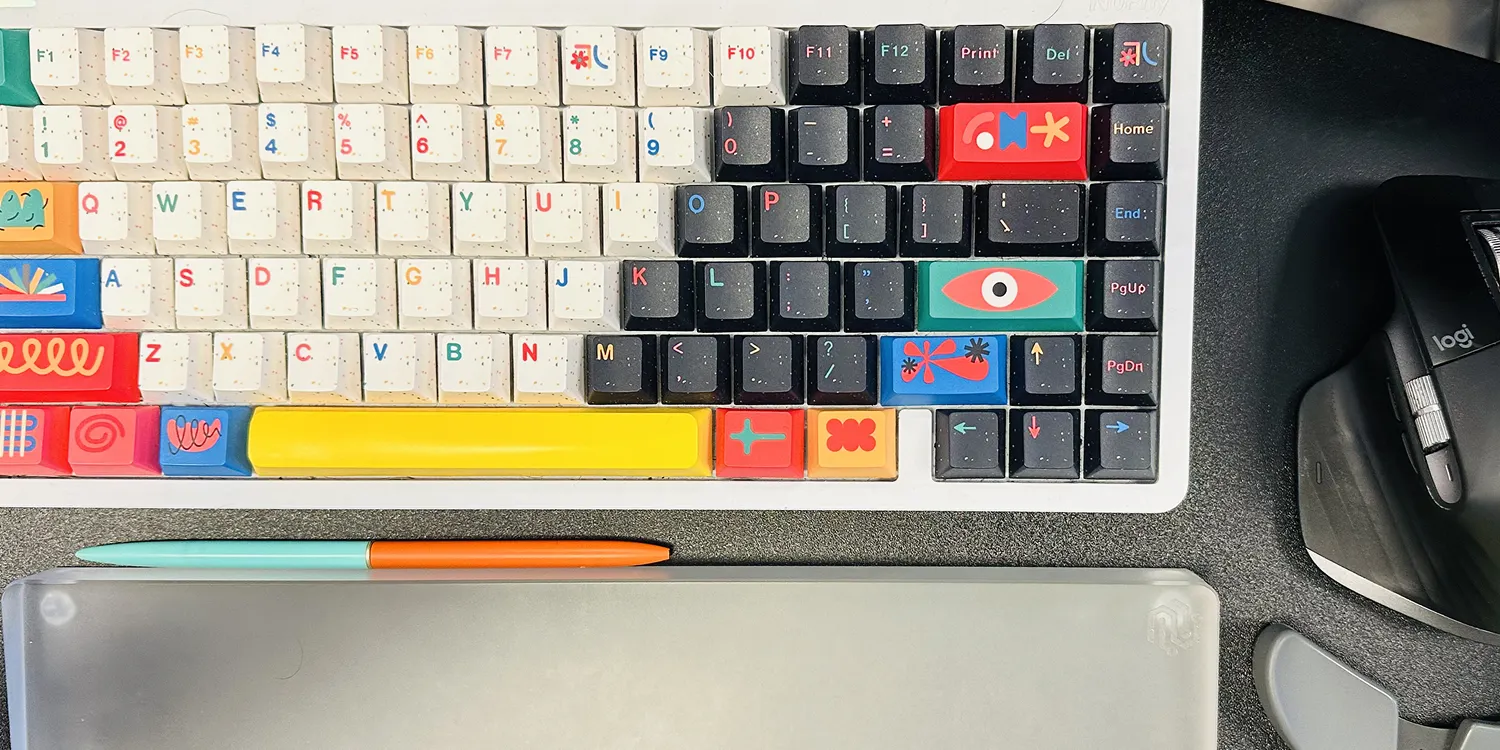I can’t count how many times I’ve started designing something, only to fall into a rabbit hole of endless versions, always chasing that “perfect” way to communicate the message. And then, out of nowhere, the version that gets approved is the simplest one I did. Not because of styling issues, but because of stakeholder or business decisions.
Back at the beginning of my career, having a logo or design rejected felt like the end of the world. Fifteen years later, it doesn’t hit as hard anymore. Some people say I just grew a thick skin. Maybe that’s true. But if you’re a designer just starting out, here’s my unsolicited advice: don’t take it personally. I know we put our sweat and soul into every piece of design. We really do. But all that effort, even the ideas that never see the light of day, isn’t wasted. Every iteration adds experience to your toolbox.
My Approach to Iteration
Personally, I like to explore ideas quickly. I try to create as many iterations as I can with the time I have. It’s not the only way to design. Some people are more methodical and pragmatic. For me, iteration is a way to let my mind wander.
Sometimes I’ll make a few versions, then step away. I let the task sit in the back of my mind, and when I come back with “fresh eyes,” bam, a new version shows up. Maybe it’s good, maybe it’s not. Who knows? The point isn’t perfection. The point is to get as many ideas out of your head as possible so new concepts have a chance to breathe.
A Lesson From Chelsea, NYC
I learned this lesson the hard way when I worked at a marketing agency in Chelsea, NYC. Sounds fancy, right? But honestly, the place was stuck in the past when it came to technology and design trends. My job was to create emails for all kinds of markets: fashion, food, jewelry, even pets. Coming from running my own business, I struggled at first. The owner of the agency had a very specific (and outdated) style. He didn’t care about experimenting or improving the quality of deliverables. I kept trying to push boundaries, show fresh ideas, and prove my value. But no matter what, he always defaulted to his version.
At first, I took it personally. Why doesn’t he like what I do? Why keep showing the same recycled stuff to every client? Eventually, I realized it wasn’t about me. It wasn’t that my designs were bad. It was just the way he worked, and apparently, the way the clients liked it too.
So I kept doing what he wanted, but I also kept honing my craft on the side. I researched, refined my workflow, and created alternative versions for myself, some of which even won him over occasionally. What I really learned in that season was how to detach from feedback good or bad.
That lesson still helps me today in product design. We often rely on data to prove what works, but at the end of the day, the product owner has the final word. And sometimes, the work we’re most proud of never makes it past the sandbox. That doesn’t mean it wasn’t good. It just means it didn’t fit the vision at that moment.
Why Iteration Matters
That’s why I believe you should iterate quickly and avoid getting emotionally tangled in your designs. The feedback loop can sting sometimes, but iteration is where the growth happens. The rejected pieces, the alternate versions, the ideas that never ship, they’re all part of the beauty of the process.
